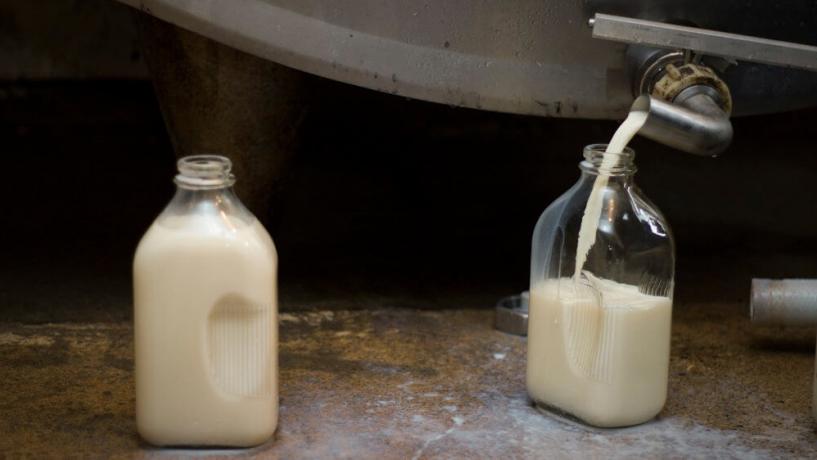
Unpasteurised milk in Victoria must have a gag-inducing bitter ingredient added to it according to new food safety legislation announced last week.
This follows the death of a small child from the Mornington Peninsula in December 2014 after consuming unpasteurised Mountain View Organic Bath Milk. A further four children between the ages of one and four years old also fell seriously ill after drinking raw milk products.
The Legislation
The legislation has currently been introduced in Victoria only, although other states are expected to follow suit. It was passed quickly due to the dangers associated with the product according to the Victorian Minister for Consumer Affairs, Jane Garrett.
"We did need to act quickly because clearly, undrinkable milk was being sold in containers the same as drinkable milk, and clearly people have been drinking it," Garrett said. "All of the advice says it is a dangerous activity and it is (already) unlawful to sell raw milk for consumption in Victoria."
The changes will be regulated by Dairy Food Safety Victoria who have already sent information out to all licensed dairy farmers in the state about the required changes.
About Raw Milk Products
‘Raw milk’, ‘bath milk’, ‘cosmetic milk’, ‘beauty milk’ or unpasteurised or untreated milk is illegal for sale for human consumption in Victoria and throughout Australia (as is raw milk cheese), and Mountain View Organic owner Vicki Jones has stated that the milk was never intended to be consumed, as the label specifies.
As raw milk is labelled as being for ‘cosmetic’ use only, the Victorian Health Department stated that they cannot recall the product, although they have noted the dangers of having raw milk, which looks like pasteurised - and therefore safe, drinkable milk - stored in shop fridges next to drinks. Victoria’s Chief Health Officer Dr. Rosemary Lester commented, “All five cases drank unpasteurised milk sold as ‘bath’ or ‘cosmetic’ milk. It is part of the movement that [believes] if something is raw and natural it must be good.”
She briefly explained the pasteurising process by saying that “Milk is heated for a very short period of time, effectively destroying any disease-causing bacteria which may be present in raw milk”, and continued with, “Everyone is vulnerable to illness caused by the pathogens present in raw milk. But the risks are even greater for young children and for the elderly, those with underlying health problems, [or anyone] immuno-compromised or pregnant… No matter how carefully it is produced, raw milk can contain harmful bacteria and parasites.”
Following the reported incidents, Tony Bartone, president of the Victorian branch of the Australian Medical Association, said, “This is an increasing fad that we’re hearing about, people drinking unpasteurised milk for cosmetic or body-building purposes. It’s probably increasing in frequency, but [is] still thankfully not an across-the-board phenomenon. Unfortunately there’s no good scientific reason to drink it, so you can only wonder at some of the reasons [why people are drinking it].”
The Emotionally Raw Facts
The various pro-raw, pro-natural, pro-organic or whatever movements have, for the moment, wisely remained silent, although just a glance at some of the pro-raw/anti-pasteurised milk information available online provides all you need to know about what these groups believe. The Facebook page for ‘Raw Milk Adelaide’, just for starters, provides a link to an article detailing the findings of a “large European study” about the health benefits of raw milk, while another leads you to an Epoch Times piece that repeats these claims (while crazily noting at the top that the “U.S. Food and Drug Administration claims that it’s basically a death sentence for you and your children”).
What's Next?
In Victoria, at least, this legislation means that there should be no more deaths or incidents following the consumption of raw milk products. New South Wales looks likely to follow suit, with NSW Premier Mike Baird also pushing for a national action to prevent the sale of raw milk in a form that can be consumed by humans.
Until then, consumers need to be aware of the dangers and pay particular attention to the products being selected from the milk cabinet in grocery stores and supermarkets.




